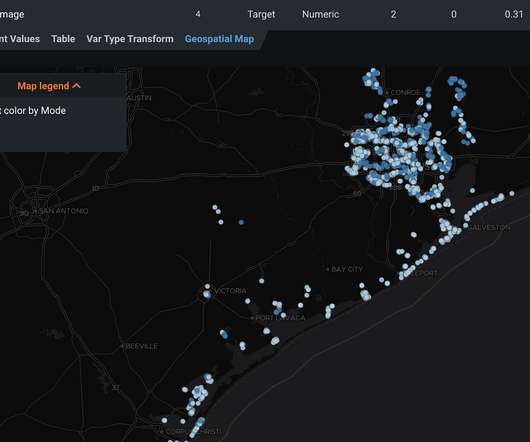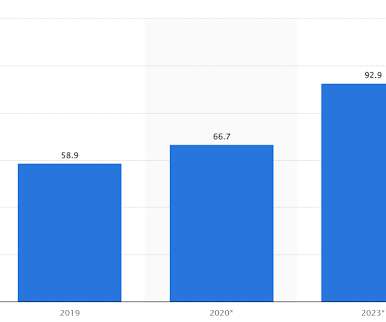Top 10 Analytics And Business Intelligence Trends For 2020
datapine
NOVEMBER 27, 2019
Data exploded and became big. Spreadsheets finally took a backseat to actionable and insightful data visualizations and interactive business dashboards. The rise of self-service analytics democratized the data product chain. Suddenly advanced analytics wasn’t just for the analysts.














Let's personalize your content